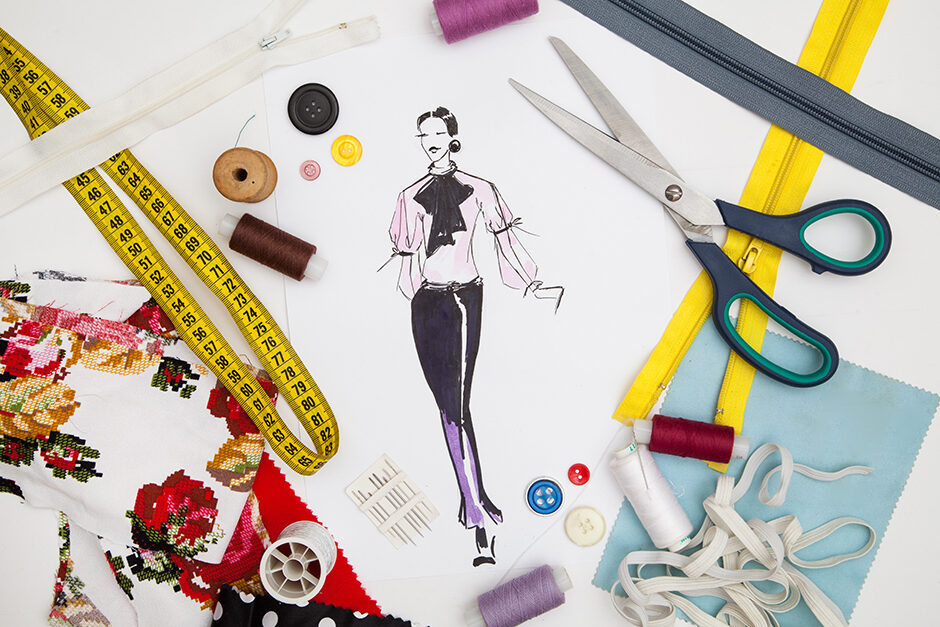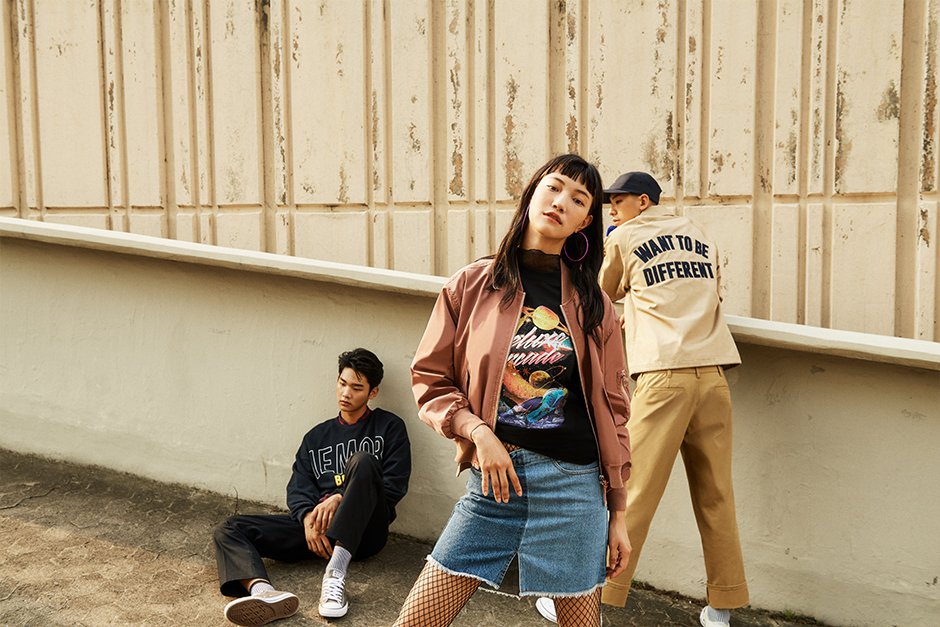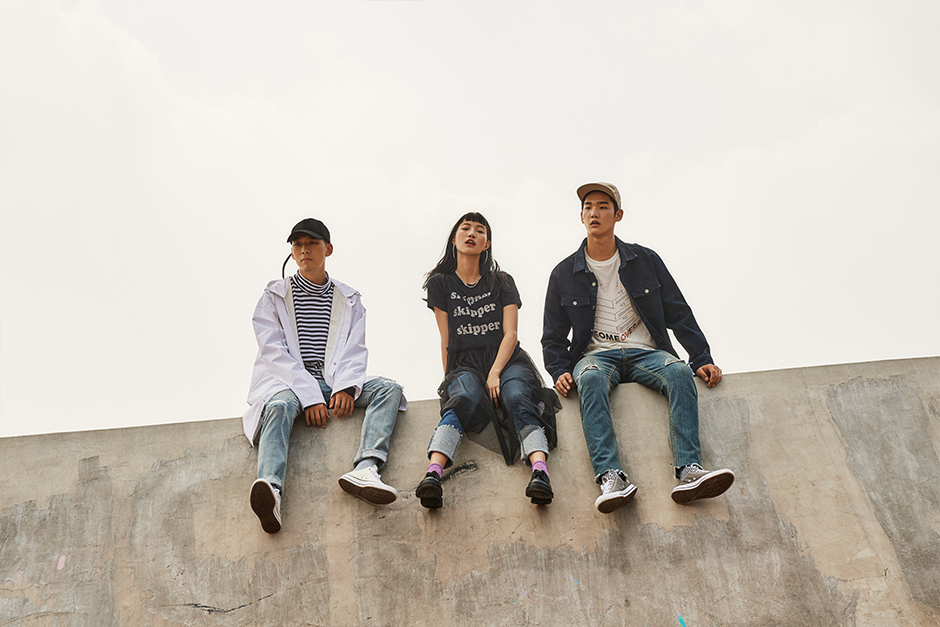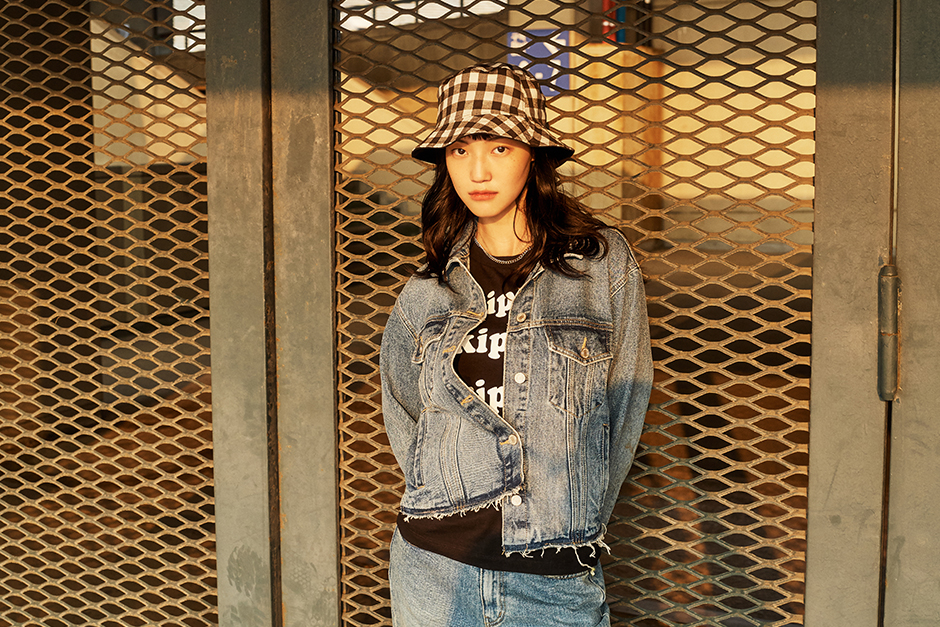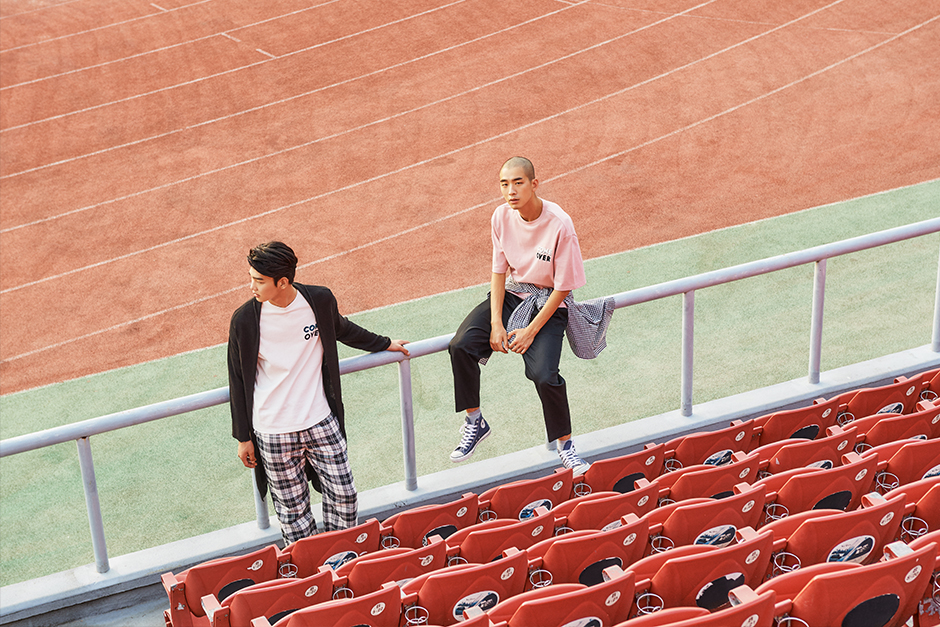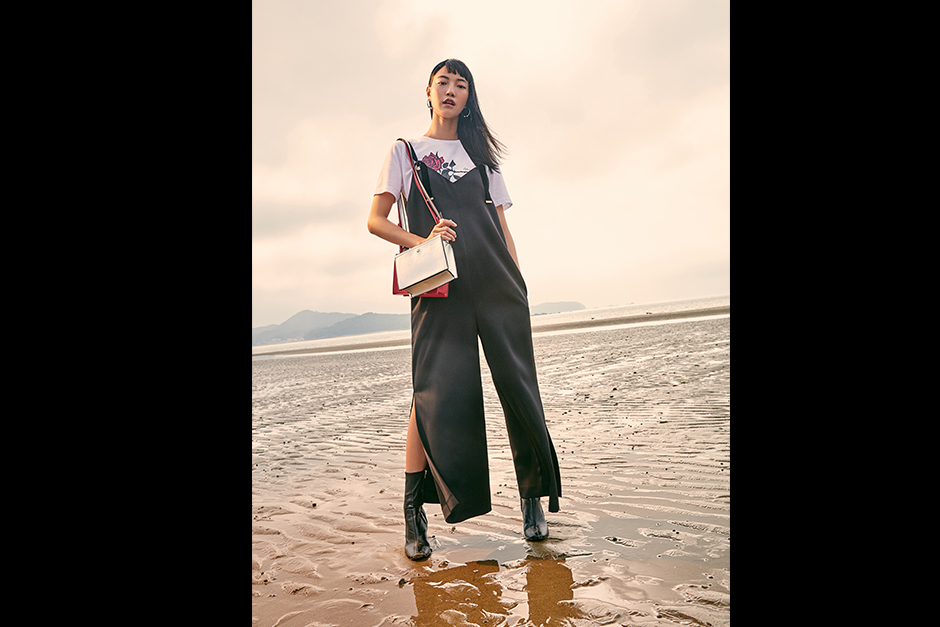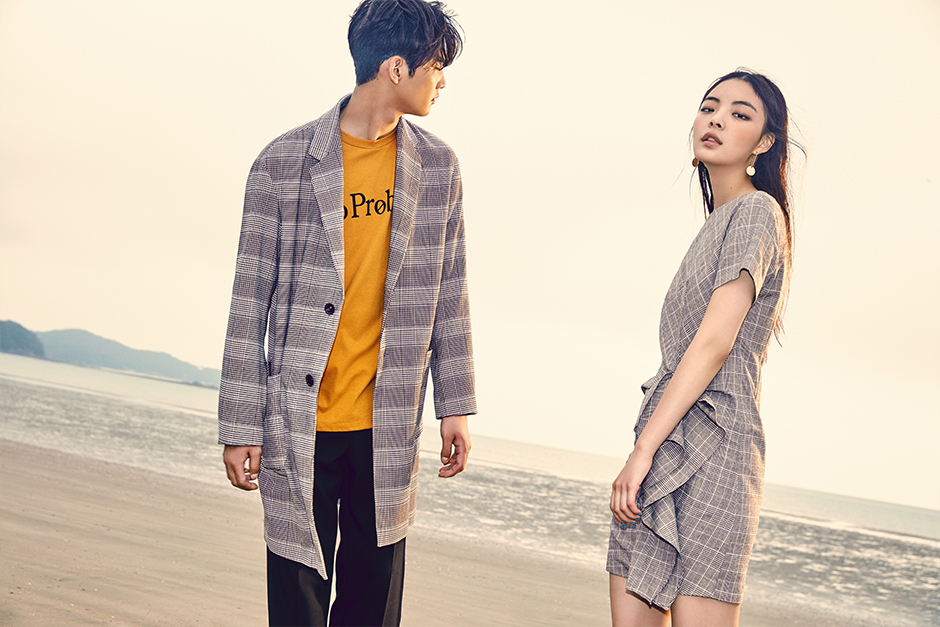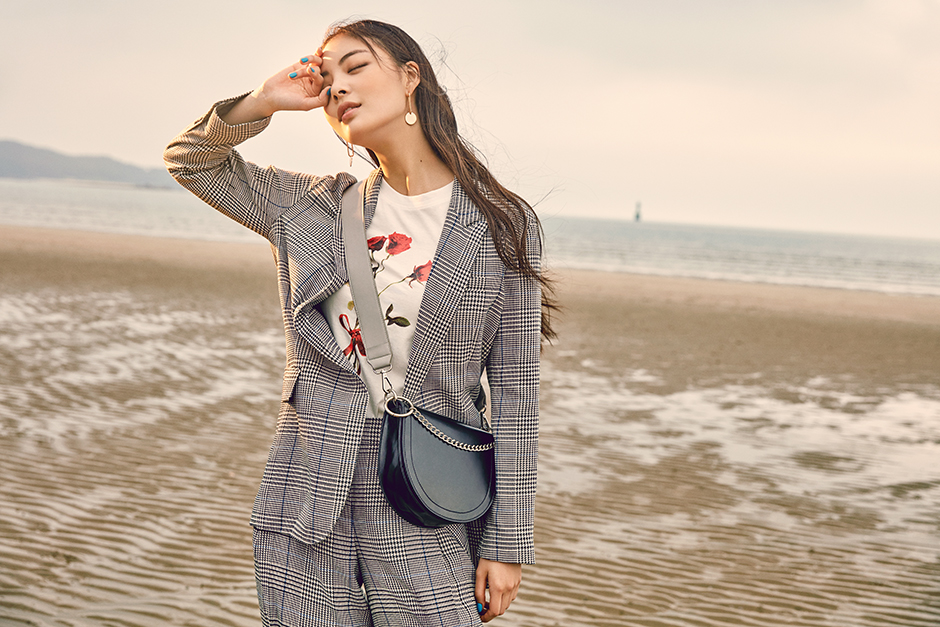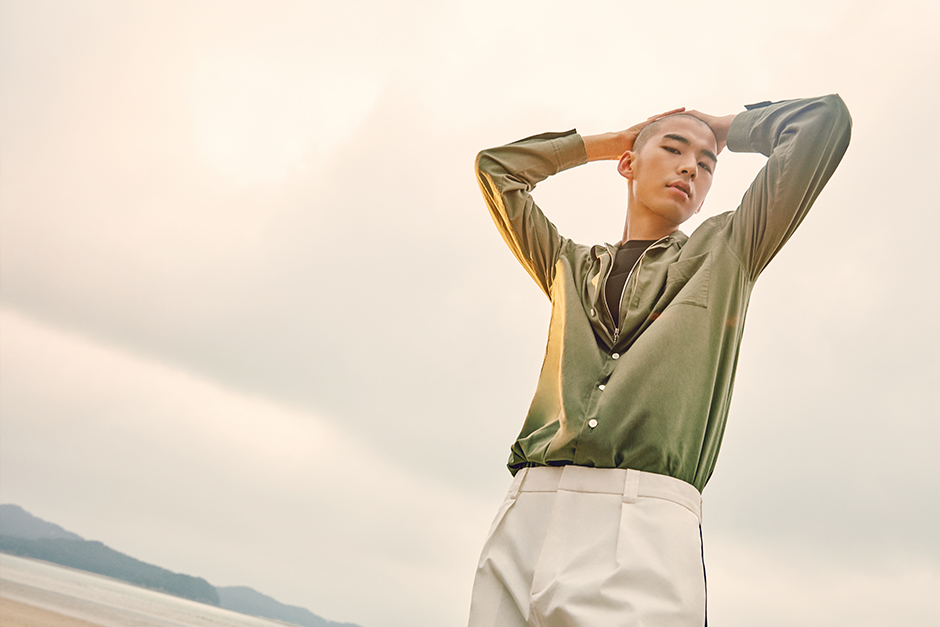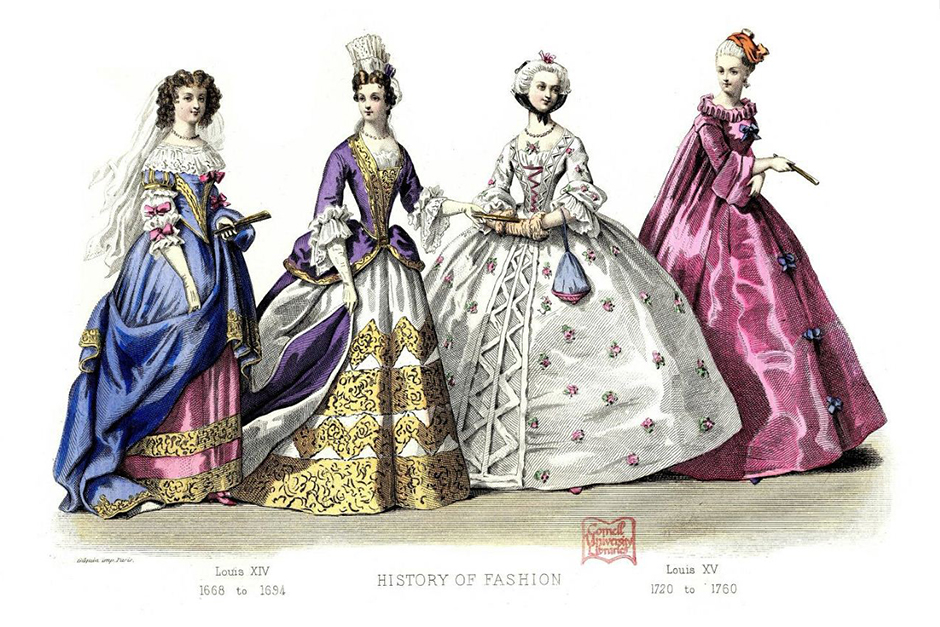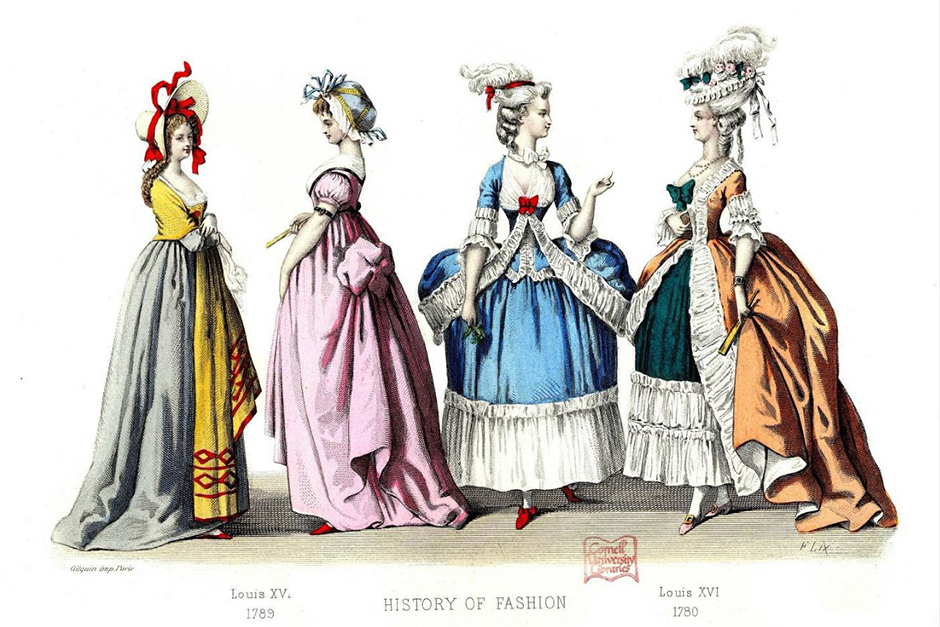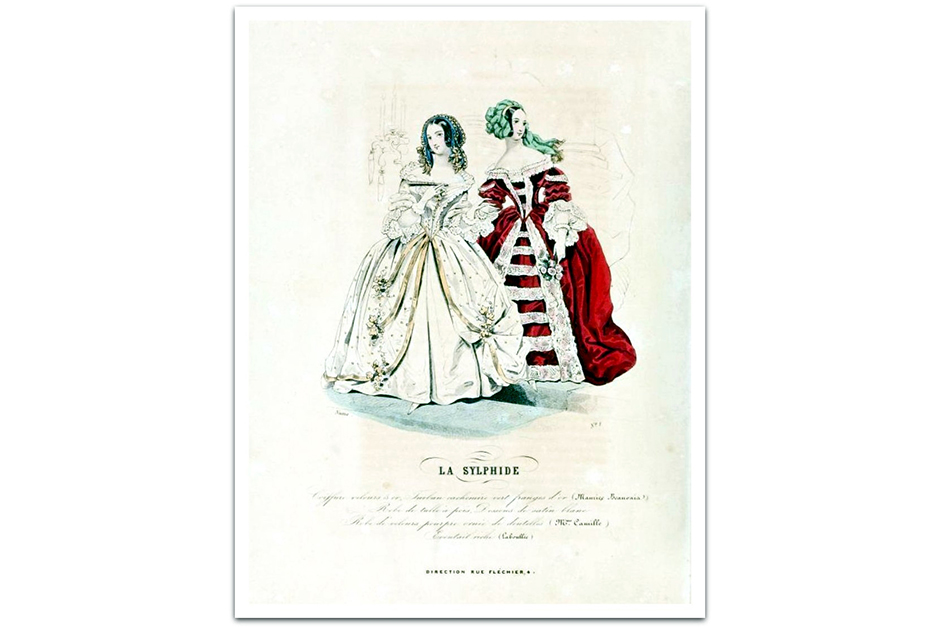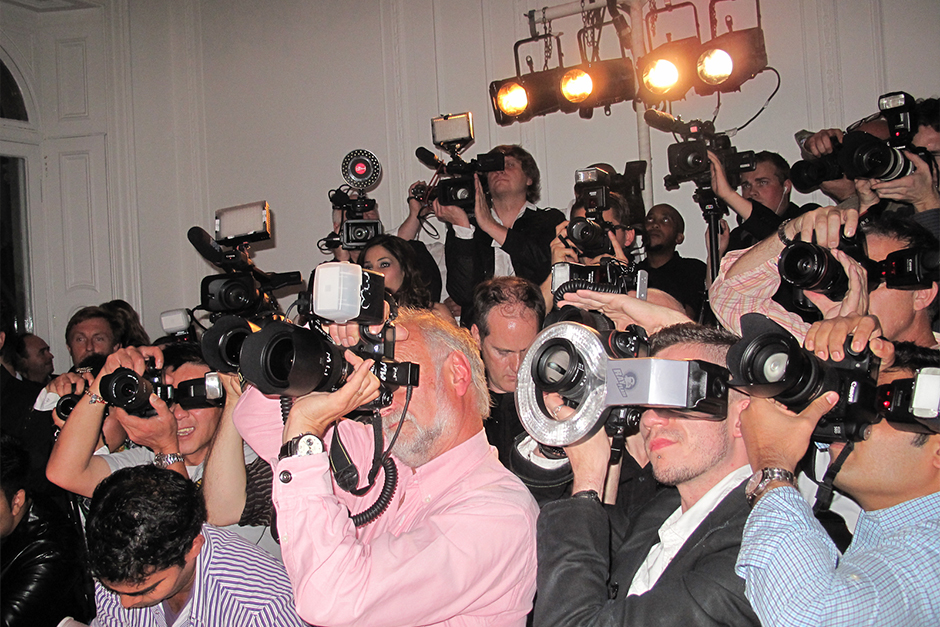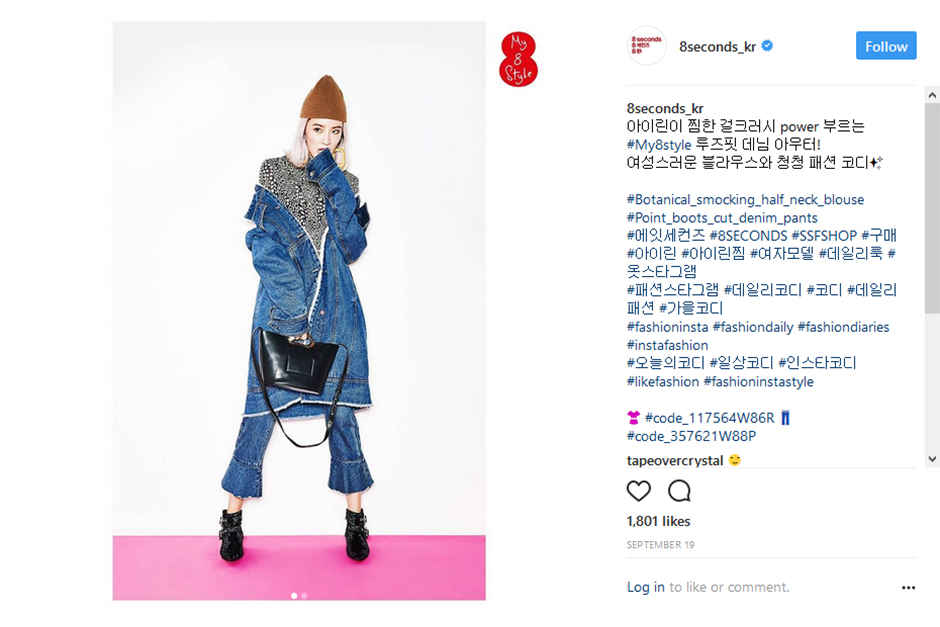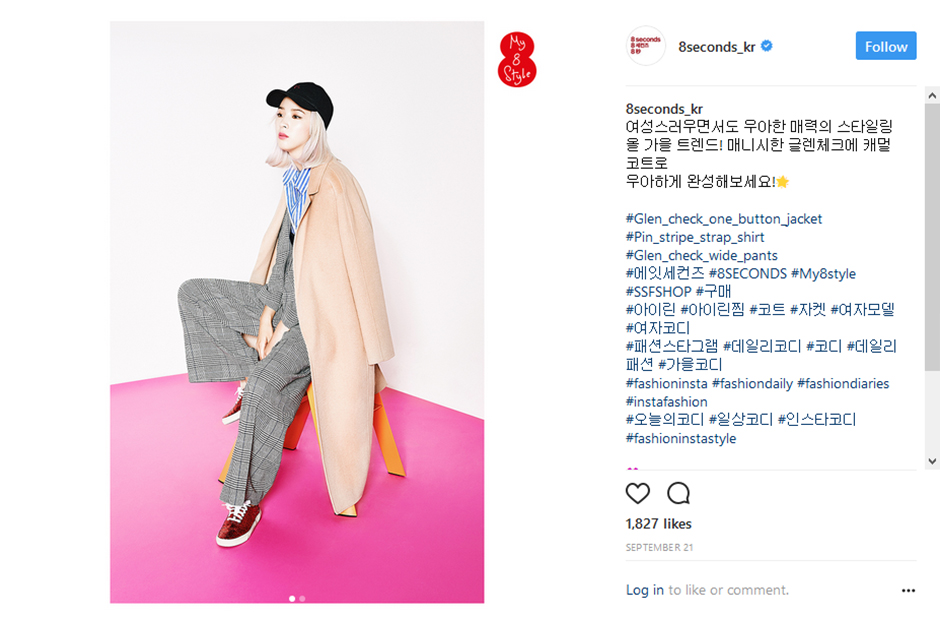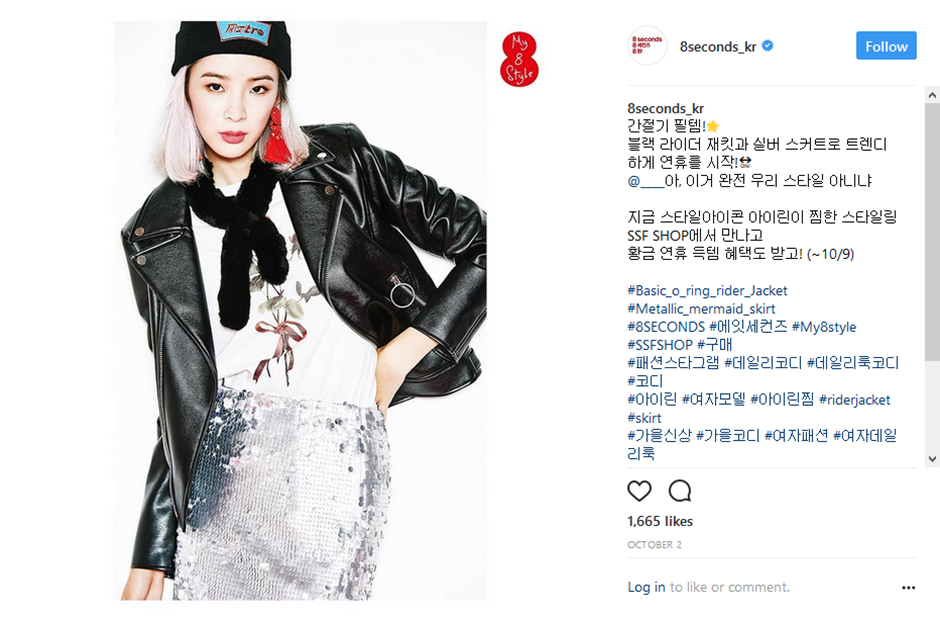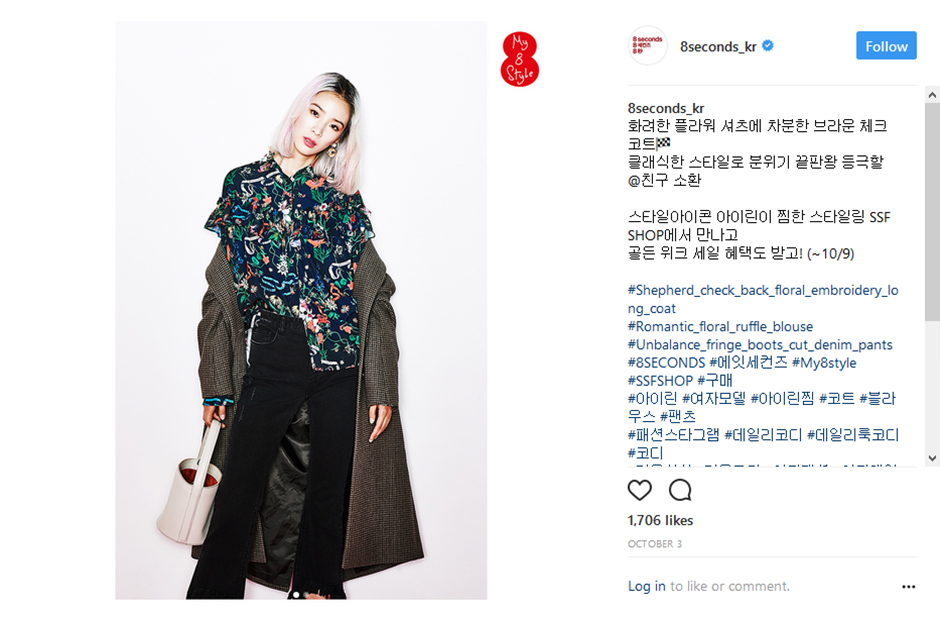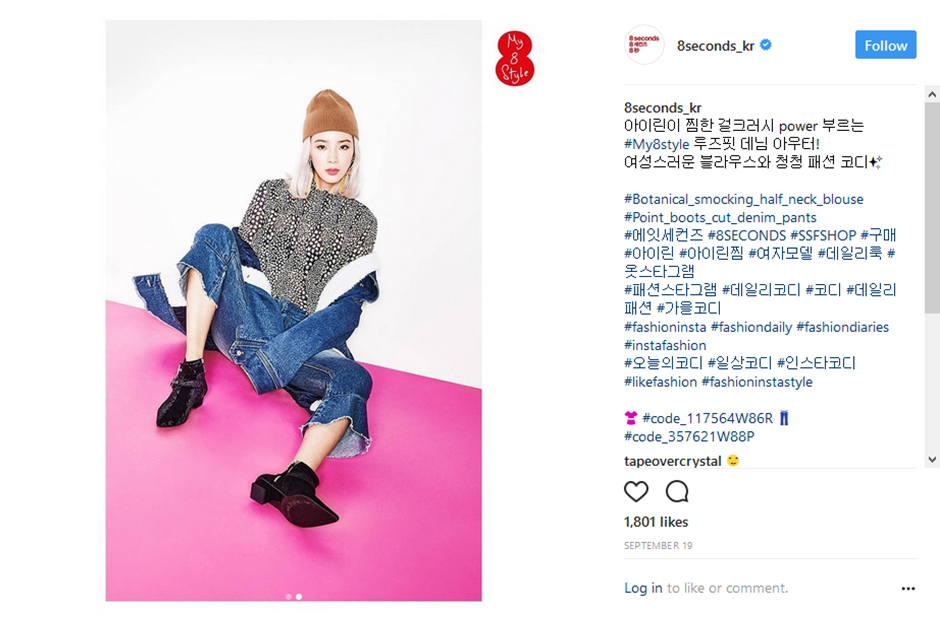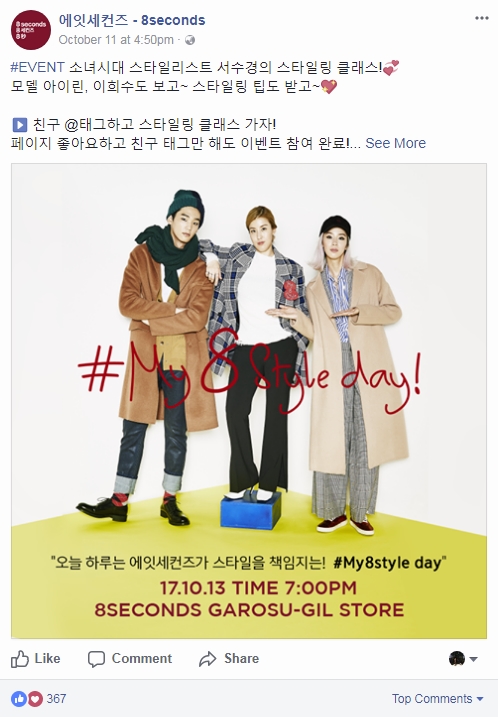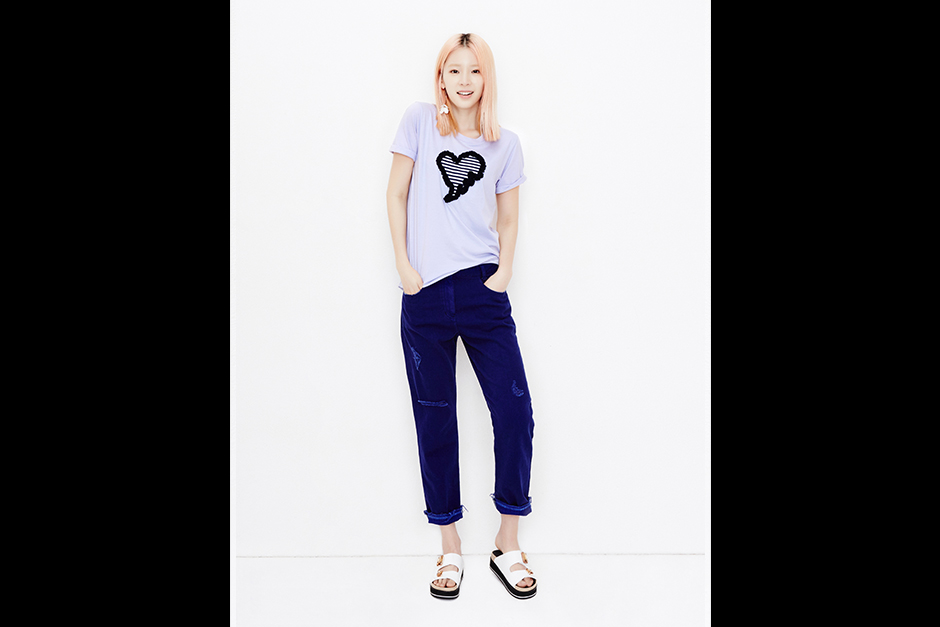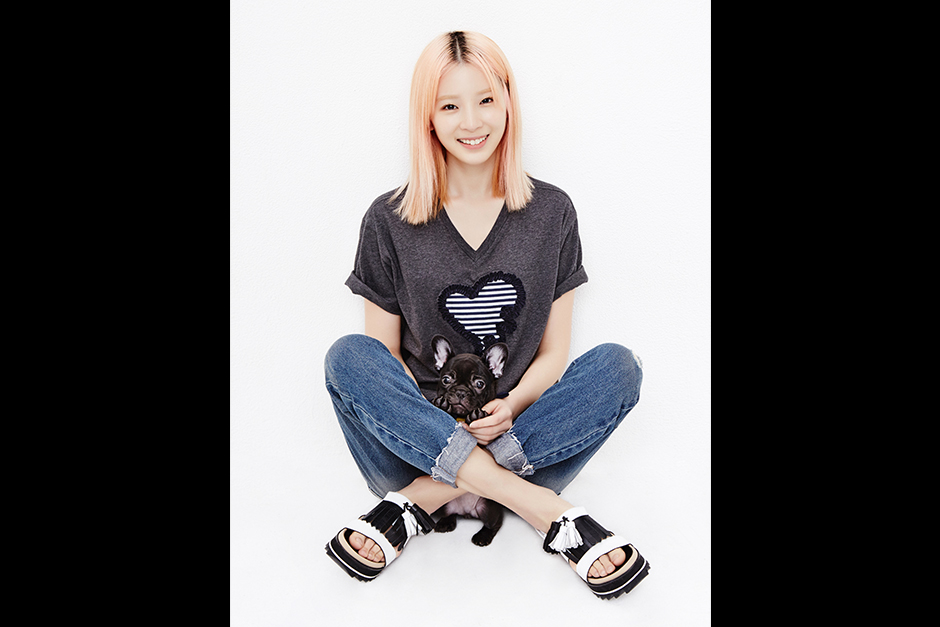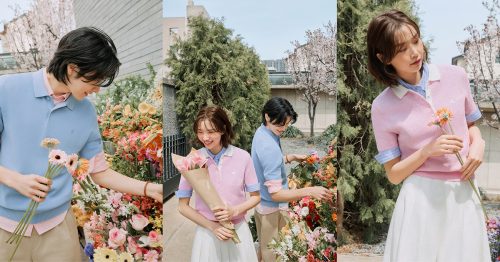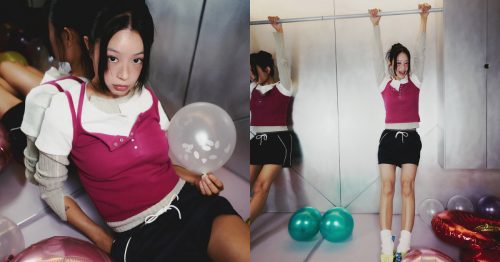From large billboards in city centers to vibrant photographs in magazines, fashion advertisements are as diverse as the clothing styles on the market today. With hundreds of brands for consumers to choose from, it’s unsurprising that fashion labels spend $500 billion per year on promotions in a bid to catch the eyes of fashionistas.
How fashion retailers and brands tell their stories has gone through myriad transformations with technological changes. Let’s take a look at the evolutions throughout the ages.
Lists and Illustration: The Beginning of Fashion Advertising
Fashion advertising first emerged around early 18th century Europe with the rise of urban culture and shopping. At the time, retailers handed out flyers and built elaborate shop facades and interiors to attract customers. Their advertisements in newspapers, by contrast, were comparatively plain, as promotions in the press mainly consisted of lists of items available and their costs.
As printing technology advanced, so did fashion promotions. In the last decades of the 18th century retailers started to publish intricate illustrations known as fashion plates in popular magazines to inform readers of the latest styles. Early fashion plates were often colored by hand, which were later replaced by lithographic techniques. While the models’ poses and clothes in these prints may seem dated now, the illustrations can nevertheless still fascinate and intrigue contemporary fashion fans.
Snap! The Advent of Fashion Photography
For many years, fashion plates were the main form of advertisements for clothes and accessories. Even though the illustrations had become more expressive, the arrival of photography took fashion advertisements to a whole new level.
Luxembourg American photographer Edward Steichen’s photographs in 1911 are widely considered as the first contemporary fashion photographs. Featured in the magazine Art et Décoration, Steichen used atmospheric lightings and elaborate studio setups to complement gowns designed by Paul Poiret. The results were lavish and luxurious photographs which transformed fashion advertising to art, while setting the template for subsequent generations of photographers to build upon.
Fashion photography has undergone tremendous changes throughout the years. From studio to the streets, fashion photographers have developed new aesthetics and techniques to express the vision of designers. Not only have fashion photographs shifted trends and styles, some of the most iconic fashion campaigns have also produced images which changed cultures and values.
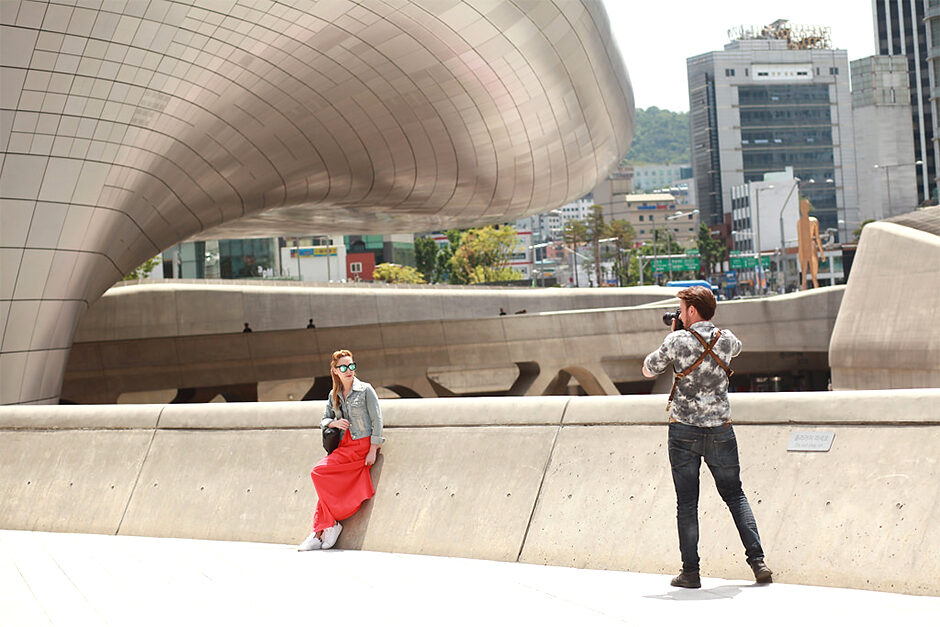
Bloggers: The New Trendsetters
The beginning of the 21st marked yet another watershed moment in fashion advertising. Alongside celebrities and supermodels, a new breed of trendsetters emerged with the spread of the Internet.
In the age of social media, fashion magazines are no longer the sole authority on trends. Fashion bloggers and digital-savvy fashionistas can reach just as many consumers as print adverts. With over 1 million people following her Instagram account, South Korean fashion blogger Irene Kim exemplifies the ethos of this new army of fashion icons. Sassy yet down-to-earth, Kim’s posts bring a personal and relatable touch to fashion items, which resonates widely with her fans.
The appeal of fashion bloggers hasn’t gone unnoticed by fashion brands and labels. Samsung C&T’s 8SECONDS is one of many labels that are turning their focus to online media advertising. In addition to publishing content on its own Facebook and Instagram accounts, 8SECONDS teamed up with Kim and K-pop stylist Soo-kyung Seo as part of the #My8Style campaign. With their extensive reach on social media, the duo presented fun ways to dress and accessorize with the label’s Fall/Winter collection. The campaign also extended beyond the cyber world, as the label invited a group of lucky fans to meet Kim and Seo at its Garosu-gil store in Gangnam, giving them a rare opportunity to receive personalized fashion tips from the two trendsetters.
The fashion blogger has also used her influence for social change when she took part in this year’s Heart for Eye campaign, which provided eye surgery and treatment to children around the world. Her accessibility and relatability has redefined how consumers and producers of fashion communicate in the digital age.
What’s Next?
The digital revolution has changed the way clothes are advertised and it’s like to continue for some time. As history tells us, new aesthetics and content will emerge as technology advances. Innovators are already exploring the possibility of hologram advertisements. What will become of fashion promotions maybe unrecognizable in the near future.
